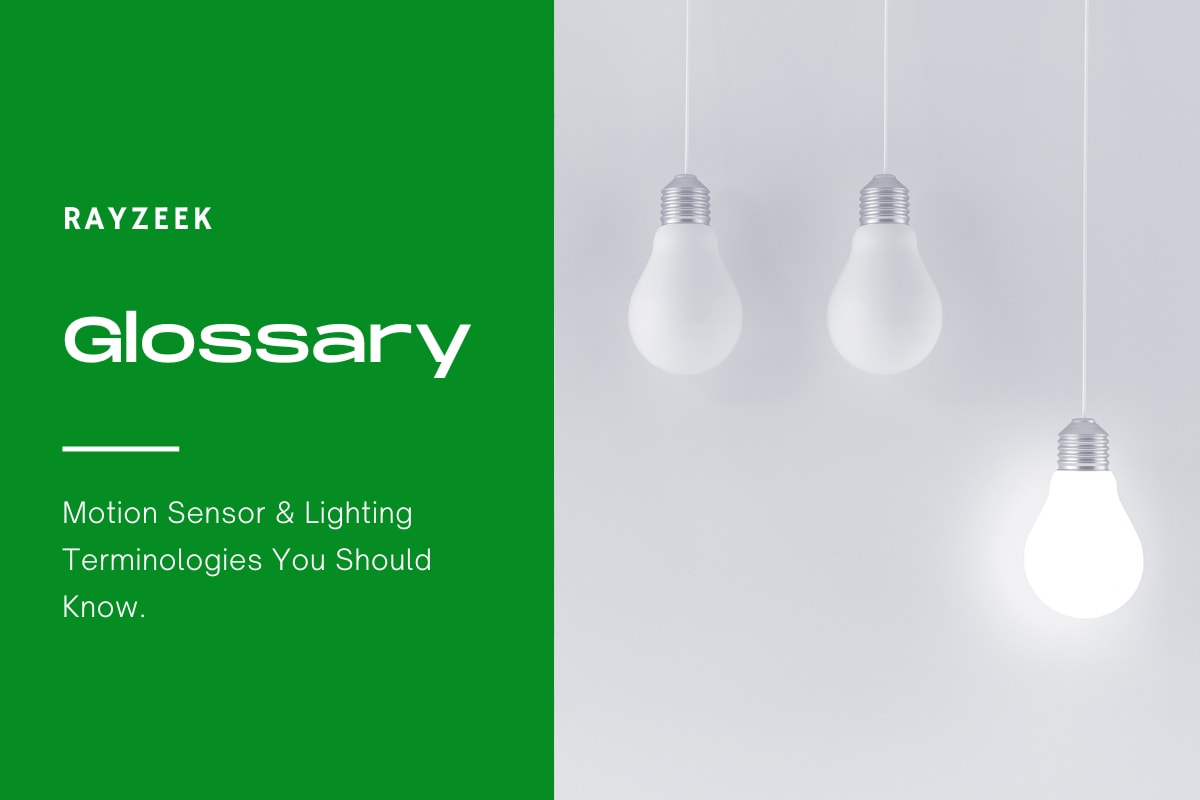What is Adaptation
Adaptation refers to the ability of the eye to adjust to changes in lighting conditions. There are two types of adaptation: dark adaptation and light adaptation. Dark adaptation is the process by which the eye adjusts to low light levels, and it involves the regeneration of the visual pigment from opsin and 11-cis retinal. The time required for dark adaptation and pigment regeneration is largely determined by the local concentration of 11-cis retinal and the rate at which it is delivered to the opsin in the bleached rods. Rods are more sensitive to light and take longer to fully adapt to the change in light. Cones, on the other hand, take approximately 9-10 minutes to adapt to the dark. The sensitivity of the rod pathway improves considerably within 5-10 minutes in the dark. Inhibition by neurons also affects activation in synapses. Together with the bleaching of a rod or cone pigment, merging of signals on ganglion cells are inhibited, reducing convergence.
Inspirujte se portfoliem pohybových senzorů Rayzeek.
Nenašli jste to, co jste chtěli? Nebojte se. Vždy existují alternativní způsoby řešení vašich problémů. Možná vám pomůže některé z našich portfolií.
Light adaptation, on the other hand, is the adjustment of the eye to different luminances when moving from darkness to an illuminated area. During this adjustment period, the sensitivity of the retina decreases, and the cones of the eyes become more active than the rods of the eye. The process of adaptation can be measured clinically using increment threshold experiments, which can provide a clear and objective measurement of retinal function. The threshold versus intensity curve obtained from such experiments can have a monophasic or biphasic shape depending on the choice of test and background wavelength, test size, and retinal eccentricity. The biphasic response reflects the duplex nature of vision, with a lower branch belonging to the rod system and an upper branch belonging to the cone system. The principle of Weber’s law can be applied to contrast constancy or contrast invariance, where contrast remains constant and independent of ambient luminance. The Weber constant or Weber fraction for the rod and cone pathways is 0.14 and 0.02 to 0.03, respectively, while the S-cone pathway has a Weber constant of around 0.09.
Často kladené otázky
How Does Light Adaptation Occur
Light adaptation happens throughout the visual system, starting from photoreceptors to central neurons. However, the photoreceptors’ ability to adapt their sensitivity to the surrounding light conditions is crucial for the proper functioning of the entire visual system.
Why Is Light Adaptation Important
Light adaptation is crucial because it helps us avoid the “saturation catastrophe” and maintain a consistent retinal response to contrast despite changes in illumination. This is essential for achieving visual constancy and accurately perceiving reflecting objects, as noted by Shapley and Enroth-Cugell in 1984.
What Part of the Eye Adapts to Light
Pupil: It is the part of the eye that adjusts its size to regulate the amount of light entering the eye. The iris controls the size of the pupil and acts as an aperture in a camera.
How Long Does It Take for Eyes to Adapt to Light
Cones reach their maximum sensitivity within five to seven minutes, while rods require at least thirty to forty-five minutes of complete darkness to achieve 80% dark adaptation. However, it takes several hours for total dark adaptation to occur. Therefore, our eyes adapt to bright light much faster than they adjust to darkness.
What Does Adaptation Mean in Vision
Visual adaptation refers to a transient alteration in sensitivity or perception that occurs when an individual is exposed to a novel stimulus, and the persistent aftereffects that persist even after the stimulus is withdrawn, as per the definition provided by Webster in 2011.
What Is an Example of Dark Light Adaptation
Dark Adaptation is the mechanism through which our eyes adjust to low light conditions after being exposed to bright light. For instance, when we enter a dimly lit room after being outside in bright sunlight, our eyes struggle to see at first. However, with time, our eyes gradually recover and become more responsive to the low light indoors.
What Are the Adaptations to Low Light
Plants have adapted to low light intensity by increasing the size of their photosynthetic unit, known as the Proteinaceous Photosynthetic unit. This adaptation allows chloroplasts to have a larger PSU, which increases the likelihood of a photon striking the chlorophyll antenna in low light conditions. As a result, plants adapted to low light have a larger photosynthetic unit size compared to those adapted to high light intensity.









